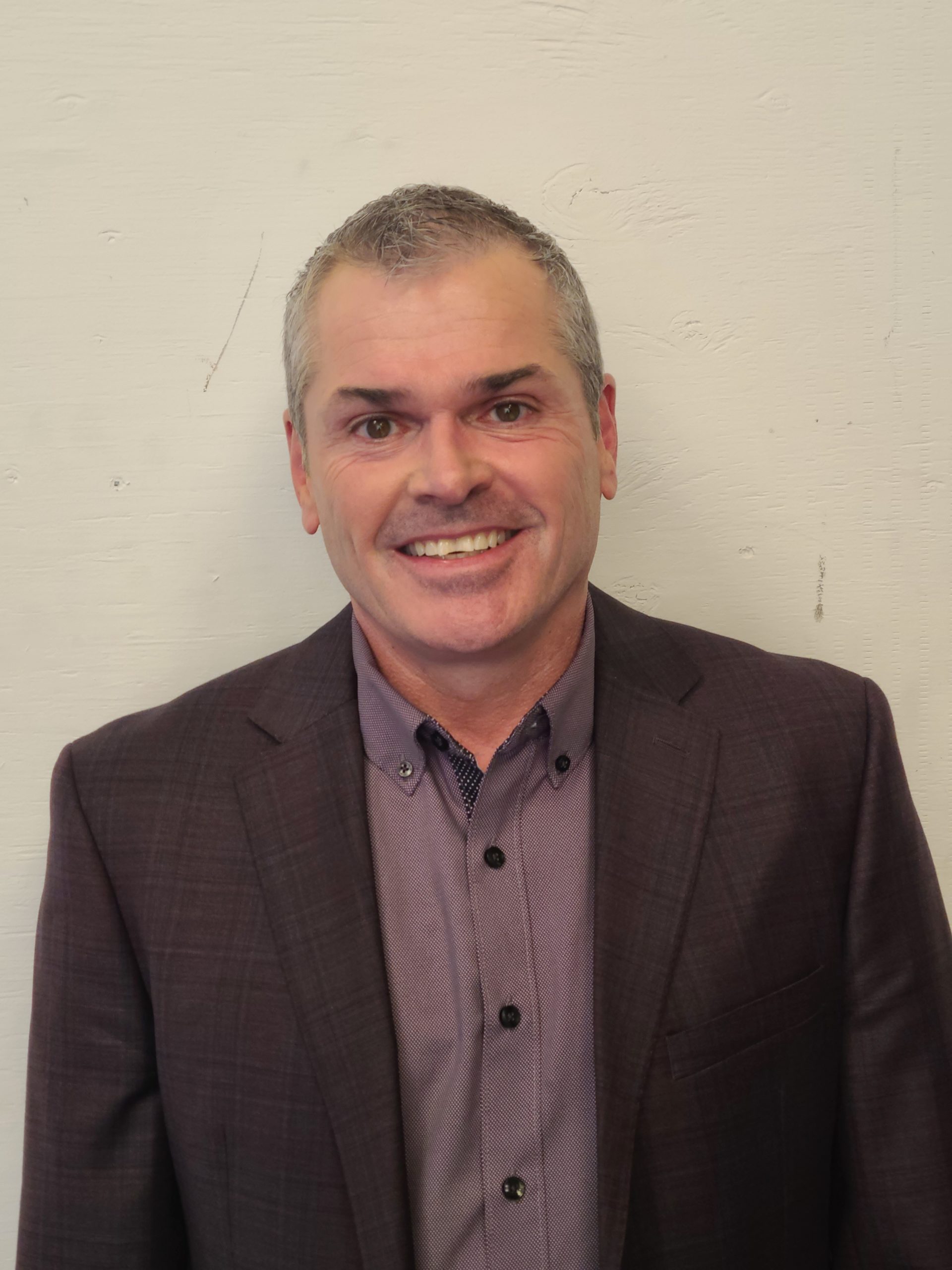Doctor on Call with Rick Siemens

Rick Siemens B.Sc. Pharm., B.Sc. Biol., CDE, CPT
bh IN BRIEF
Rick Siemens is a CDE (certified diabetes educator) pharmacist with Additional Prescribing Authority (APA) who works as a clinical pharmacist and pharmacy manager for a community pharmacy in Lethbridge, Alberta. Rick is involved in all aspects of advanced pharmacy practice including initial access prescribing, administering medications by injection, Comprehensive Annual Care Plan (CACP) and Standard Medication Management Assessment (SMMA) care plans, diabetes education, insulin pump and continuous glucose monitor training.
Pharmacists are often an under-acknowledged, yet essential, part of the healthcare system. In places where there is less access to healthcare, such as in rural or remote areas, or in areas where there are physician shortages, patients may come to rely on their local pharmacist for medical advice and care. This is particularly true for someone with a chronic illness like diabetes. We sat down with pharmacist Rick Siemens to discuss how he views his role as a pharmacist as integral to the care of his patients with diabetes, and how he is able to use CGM technology to help them manage their chronic illness.
As a pharmacist, what role do you play in managing a person’s health, particularly for someone with a chronic illness like diabetes?
My practice has evolved to the point where I pretty much just manage patients with diabetes. I prescribe, change dose, manage, and follow patients long term, order and interpret labs, etc. Not all pharmacists are this involved in patient care, but in my opinion, the way that I practice is not out of the scope of what a pharmacist can and should do. I have always advocated for pharmacists to take an active role in managing a person’s health, and to assess the patient directly when they come in-person to the pharmacy. Here in Alberta, pharmacists have the authority to do these types of things (order labs, initiate prescriptions, etc.). Our job is not just to count pills or dispense medication, but to assess patients in support of the physician, because while I can focus on the diabetic patient’s glycemic levels, physicians can focus on other parts of a person’s health. For example, I can’t check the patient’s heart, I can’t check their lungs, but I can assess their glucose levels and make changes to their medications accordingly, or notice that they haven’t refilled their diabetic testing supplies in a timely manner, and ask them what’s going on with that.
Does this role become more or less involved, depending on where someone lives or their circumstances (for example if they live in rural areas or can’t easily access doctors or specialists?
Where I am in Lethbridge, we are in the throes of a substantial doctor shortage and consequently I have some current patients with no access to a family doctor. This has led to me receiving a lot of patient referrals and finding some patients that have an alarming lack of medical attention. Some patients come to me and they haven’t seen a physician in quite some time, and I will help them to order labs, prescribe different levels of insulin, or do whatever might need to get done because they can’t access a doctor. I do what I can to see if I can secure them a doctor, but I am running out of favours. I’ve worked this way whether I’m here in Lethbridge, or earlier in my career when I was working in smaller, rural areas like Beaverlodge, Alberta. It’s really up to the pharmacist to determine the needs in their community and figure out how they might be able to assist in those needs.
Continuous glucose monitoring (CGM) systems have the ability to provide a lot of data and information about a person’s management of their diabetes. In what ways has the development of various CGM technology changed the way you work with diabetes patients?
I tend to get the more complicated patients as referrals from physicians and I use a lot of CGM technology. This allows me to share reports used for my clinical decisions to the doctors and allows me to monitor patients remotely and intervene. Sometimes this just involves a positive email of support to the patient. Other times, it is me noticing that the change in insulin prescription I made doesn’t seem to be working for them, so I then re-adjust accordingly. I use the reports to show my patients how I interpret their current and past glycemic control and it is a really helpful and important visual cue to assist in
my interactions with patients. CGM has been vastly underestimated in its value to help reinforce dietary and lifestyle changes. Every individual with diabetes knows that diet and exercise impact their ability to manage their disease, but having constant, real-time feedback through CGM data seems to make more of an impact on them. For example, a patient may have always known that they should avoid soda, but once the CGM shows them in real-time what happens to their glucose levels after drinking soda, that becomes a very powerful tool for behaviour change. Randomized control trials (RCTs), aka the gold standard form of research study, are tough to do for monitoring technology. Studies have often been set up without including follow-up education on what to do with all the data produced by a CGM device. But CGM devices are like any other tool: the person has to be taught how to use it effectively. Recent evidence from RCTs demonstrates that CGM technology significantly improves glucose control for individuals with diabetes. Combining the use of CGM with structured diabetes education, which pharmacists can play a role in providing, is an important strategy to obtaining the full benefit of CGM use in the real-world.
-Hannah Baker, bh

